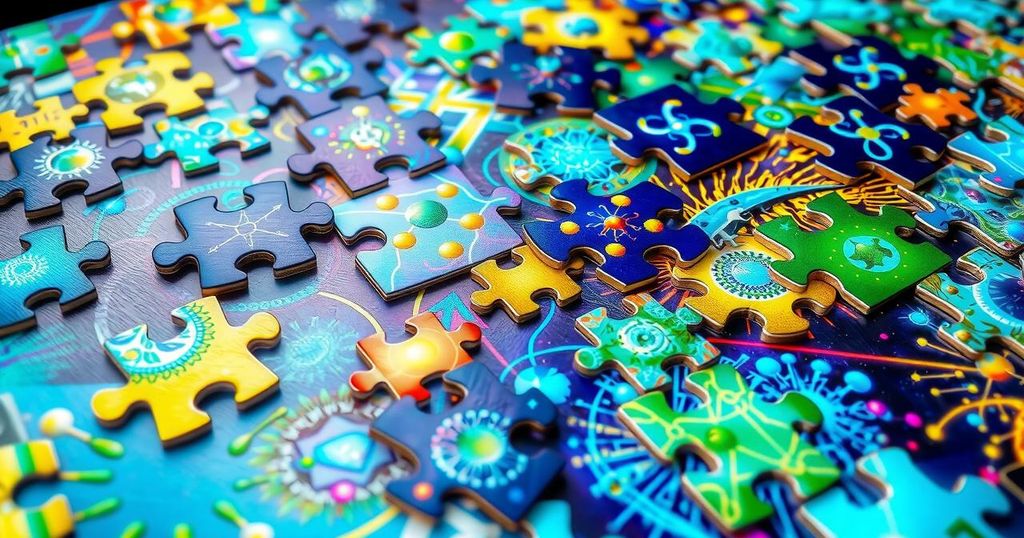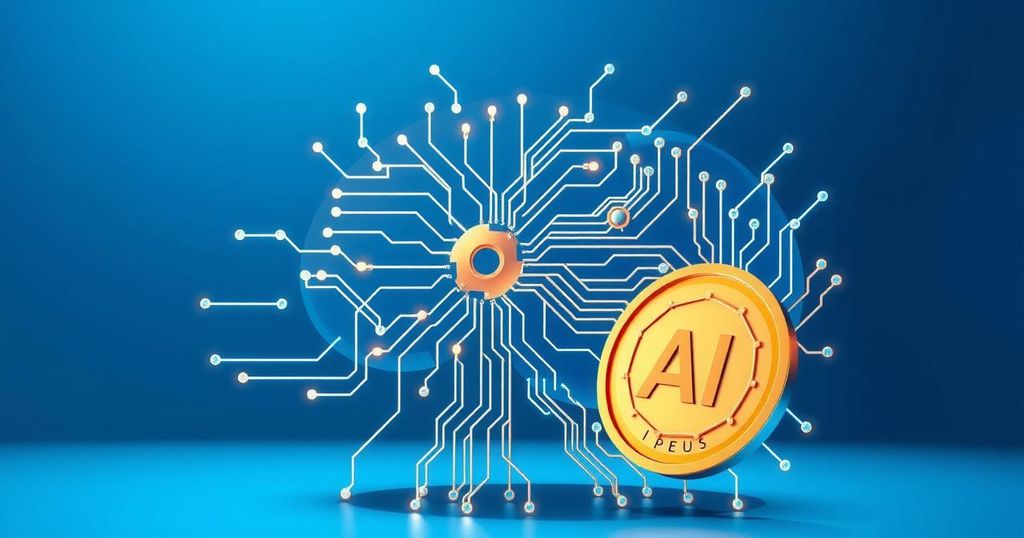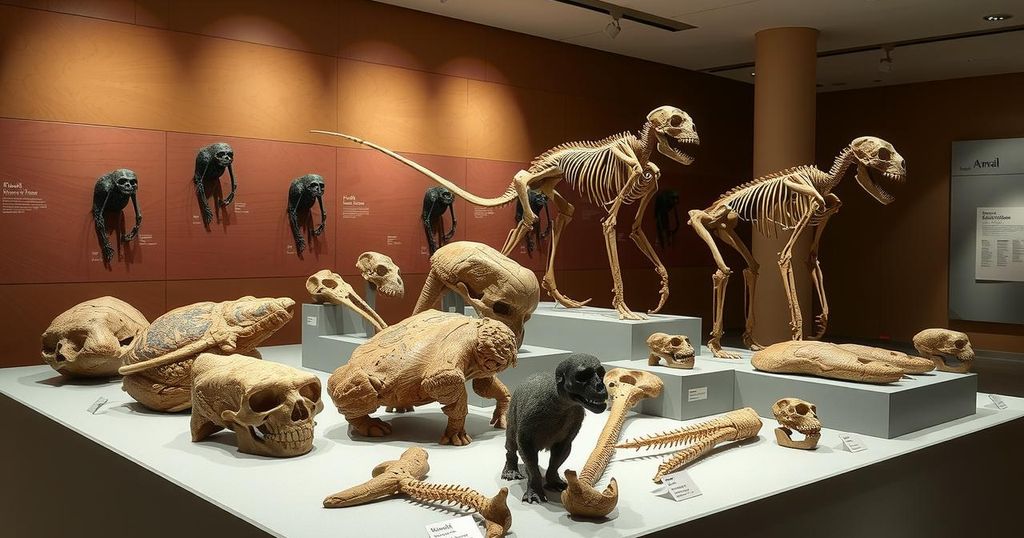Science Jigsaw on AI, Language Changes, and Autism Discovery
- ChatGPT is beginning to influence everyday language dramatically.
- Martha Wells discusses the limitations of current AI models.
- Research shows autism has four genetically distinct subtypes.
- Elon Musk’s Grok 4 claims to be the smartest AI as competition heats up.
- A bizarre math problem suggests that blocks can bridge the Grand Canyon.
- Japan’s new system enhances earthquake preparedness and response.
ChatGPT Influences Everyday Language Like Never Before
Words from AI: Shaping Our Language Distinctly Language evolves. And now, big changes are underway as ChatGPT begins to influence the everyday lingo we use. A new analysis, combing through an astonishing 700,000 hours of videos and podcasts, reveals that terms like “delve” and “meticulous” have started surfacing more frequently in ordinary conversations. It seems that the way we engage and communicate is witnessing a subtle, yet significant shift as AI-related language seeps into our daily lives, leaving linguistic footprints everywhere.
Murderbot Author Highlights AI Limitations
Martha Wells Speculates on AI’s Future In the realm of science fiction, the promise of artificial intelligence often captures the imagination. But according to Martha Wells, the acclaimed author of the Murderbot Diaries, today’s prominent AI models are far from the intelligent machines portrayed in fantasies. As she remarks, these large language models don’t quite measure up to the advanced AI we envision, suggesting we’re still light-years away from achieving true machine intelligence, a notion that sparks both curiosity and skepticism amid the ongoing AI frenzy.
Researchers Identify Unique Autism Subtypes
Unraveling Autism’s Complexity Through Genetic Findings Autism spectrum disorders are not one-size-fits-all; they include a range of unique entries. Recent studies analyzing the genetic traits of over 5,000 children have identified four distinct subtypes of autism, each accompanied by its own set of genetic hallmarks and behavioral traits. This groundbreaking discovery not only deepens our understanding of autism but also holds promise for tailoring interventions and support to meet the needs of individuals affected.
Grok 4 and the AI Competition Intensifies
AI Networks and the Future of Disaster Preparedness With recent developments like Elon Musk’s xAI’s Grok 4, which he claims is the “world’s smartest AI,” competition in the AI field is heating up. Grok 4’s capabilities even extend to acing Ph.D. level exams, putting pressure on established AI fronts like Google’s Gemini and OpenAI’s o3 to innovate fervently. While the technological race revs, the implications for various industries, including education and research, raise eyebrows—it’s thrilling and a tad nerve-wracking to see where this technological contest goes next.
A Bizarre Math Puzzle with Endless Potential
Mind-Boggling Mathematics: Bridges and Beyond Now, let’s switch gears to a rather peculiar math conundrum. In what seems like a scene straight out of a whimsical tale, there’s a math problem that presents a glue-free bridge solution made entirely of stacked blocks but holds the absurd potential to stretch infinitely across the Grand Canyon! As outrageous as it sounds, this seemingly impossible concept opens fascinating doors to mathematical possibilities and how we perceive spatial relationships. It’s a playful reminder that math often dances on the edge of the bizarre yet brilliant.
Japan’s Earthquake Detection: A Technological Leap
Innovative Earthquake Detection Systems Improving Safety On another vital front, Japan has rolled out an advanced earthquake-sensing system, forming a kind of ‘nervous system’ for the ocean. This new network extends warning times for impending quakes, combining scientific ingenuity with timely intervention. Meanwhile, researchers from Wales harness nuclear blast detectors to evaluate tsunami risks. A stark contrast arises with the U.S., which still lags in monitoring significant seismic threats like the massive Cascadia megathrust fault. As natural disasters loom, advancements in detection could prove invaluable for safeguarding communities.
As the world spins amid innovations, language is adapting, and various fields, from autism research to seismic monitoring, are reshaping our understanding of the world. With the emergence of AI technologies and new data analysis techniques, there’s an exciting and daunting interplay of challenges and possibilities ahead. Each advancement holds the promise of enhancing communication, supporting individuals uniquely, and perhaps even transforming disaster preparedness.




Post Comment